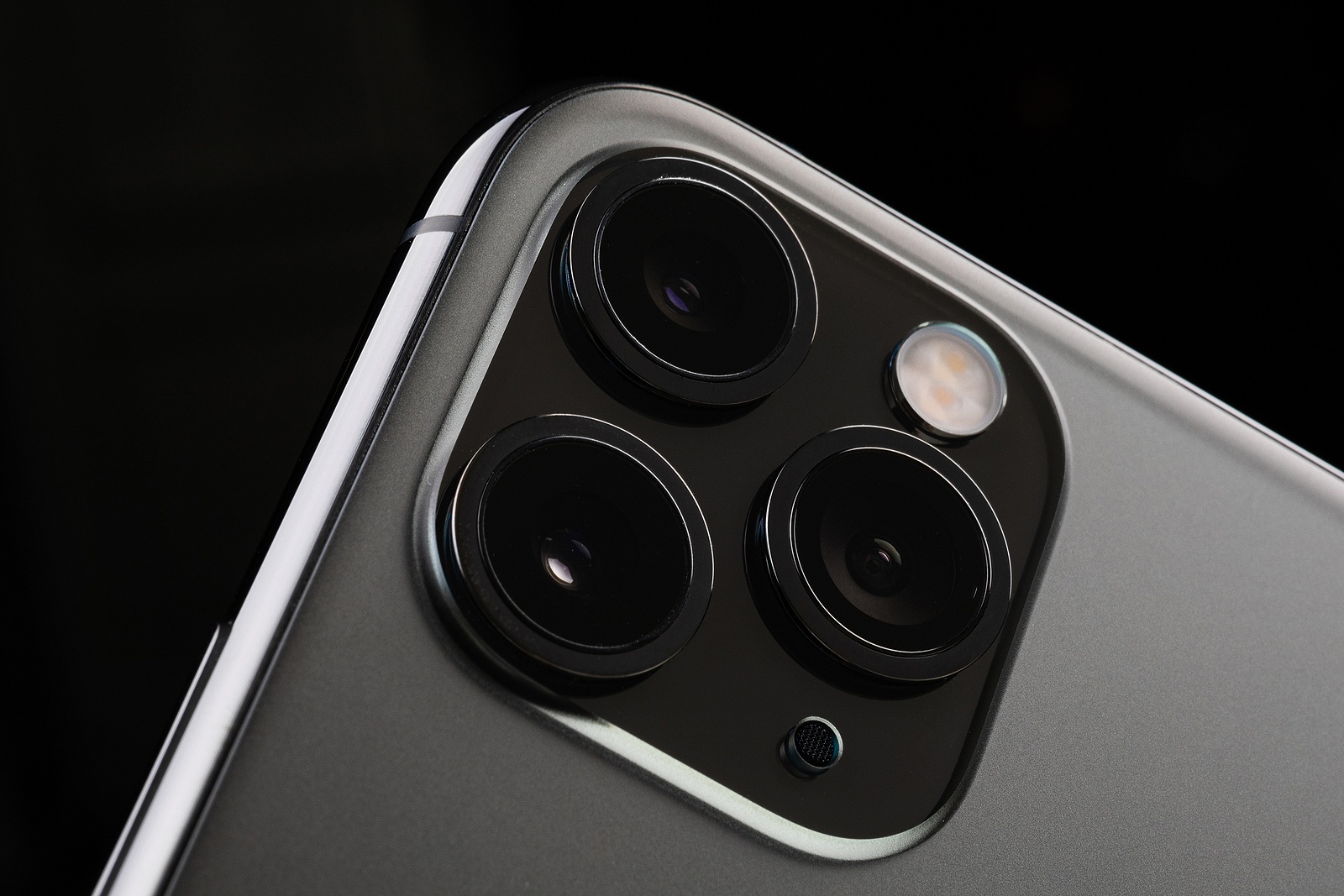When Apple introduced the new iPhone 11, iPhone 11 Pro and iPhone 11 Pro Max models, a feature called Deep Fusion was presented. However, the feature was not ready for use at launch. Below we would like to explain how Deep Fusion works and show you how to activate the feature.
The new Deep Fusion feature is only available on the iPhone 11, iPhone 11 Pro and iPhone 11 Pro Max because it uses the Neural Engine of the A13 Bionic chip. The function is intended to further improve an already impressive camera. But what exactly is Deep Fusion? While Smart HDR can help with shots in bright environments and Night Mode at night, Deep Fusion finds its place somewhere in between. If Deep Fusion is activated on your iPhone 11, iPhone 11 Pro or iPhone 11 Pro Max, the quality of your images will be further enhanced. Apple describes the feature as follows:
Deep Fusion for iPhone 11, iPhone 11 Pro and iPhone 11 Pro Max uses the A13 Bionic Neural Engine. This allows multiple images to be captured with different exposures and a pixel-by-pixel analysis to be performed. The highest quality parts of the image are combined to produce photos with significantly improved textures and details and reduced image defects. This is especially true for scenes with medium or poor lighting.
But how exactly does Deep Fusion work?
If Deep Fusion has been "turned on" in the general settings, the system will only use the function in medium or poor lighting. So if the camera detects that Deep Fusion is now required, the system starts working in advance. This means that before you press the shutter button, the camera has already taken three images with a short shutter speed thanks to Deep Fusion. As soon as you press the shutter button, the camera on the iPhone 11, iPhone 11 Pro or iPhone 11 Pro Max takes another three images with a longer exposure to capture more details. All six frames are then combined by the Neural Engine of the A13 Bionic chip. The process goes through several steps to filter out the most details and merge them together. The best result is displayed at the end. The entire process takes place within a very short time - which makes the function all the more remarkable.
How is Deep Fusion different from Smart HDR?
As already mentioned, the camera on the iPhone 11, iPhone 11 Pro and iPhone 11 Pro Max will not always use Deep Fusion. Besides, not every lens can use it. The telephoto lens will mostly use Deep Fusion unless the image is taken in a particularly bright scenario. The wide-angle lens only uses Deep Fusion in medium to low light conditions, while it uses Smart HDR on the same line if the images are taken in very bright light conditions. And what about the ultra-wide-angle lens? Well, this lens cannot use Deep Fusion at all and therefore only uses Smart HDR. If images are taken at night, the new night mode is used - you can find out more about this here here. Due to the fact that Deep Fusion requires a lot of computing power, the feature is only available on the 2019 iPhone series. Older devices would fail when trying to run Deep Fusion.
How to enable Deep Fusion on your iPhone 11, iPhone 11 Pro and iPhone 11 Pro Max
Unfortunately, the configuration of Deep Fusion is a bit of a failure. Apple may fix this in a later update. To do this, open the iOS settings and navigate to the menu item “Camera” further down. In the Composition section you will find three options. Make sure that the first option – “Photos taken outside the frame” – is deactivated. This is because it conflicts with Deep Fusion. If it is activated, the system cannot use Deep Fusion – so this option must remain deactivated. night mode used on the iPhone 11 & iPhone 11 Pro. (Photo by Foto-event / Bigstockphot)




